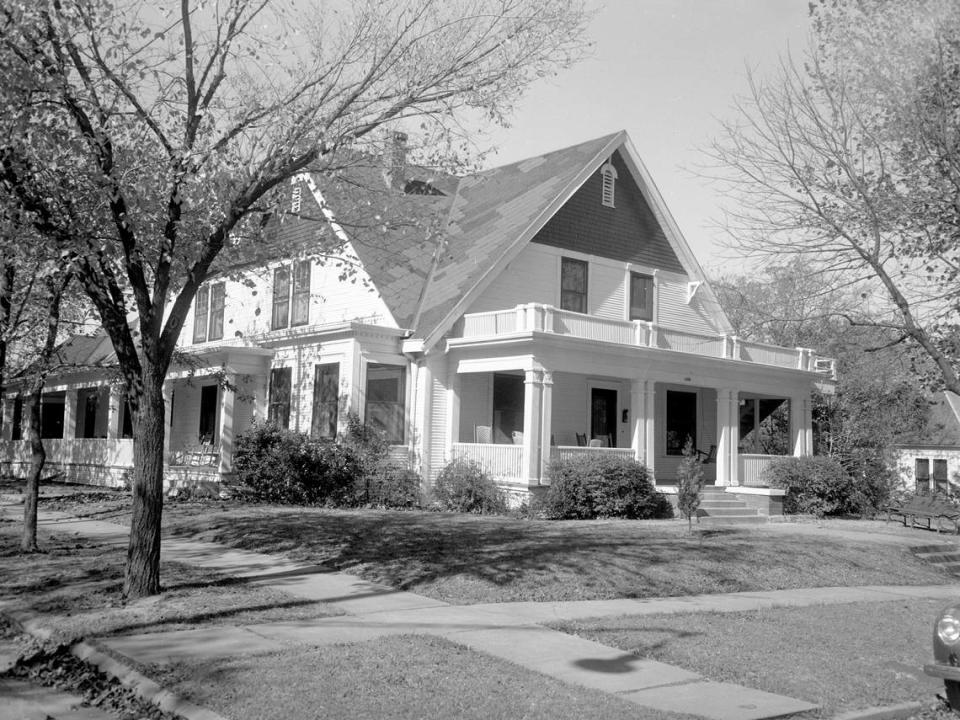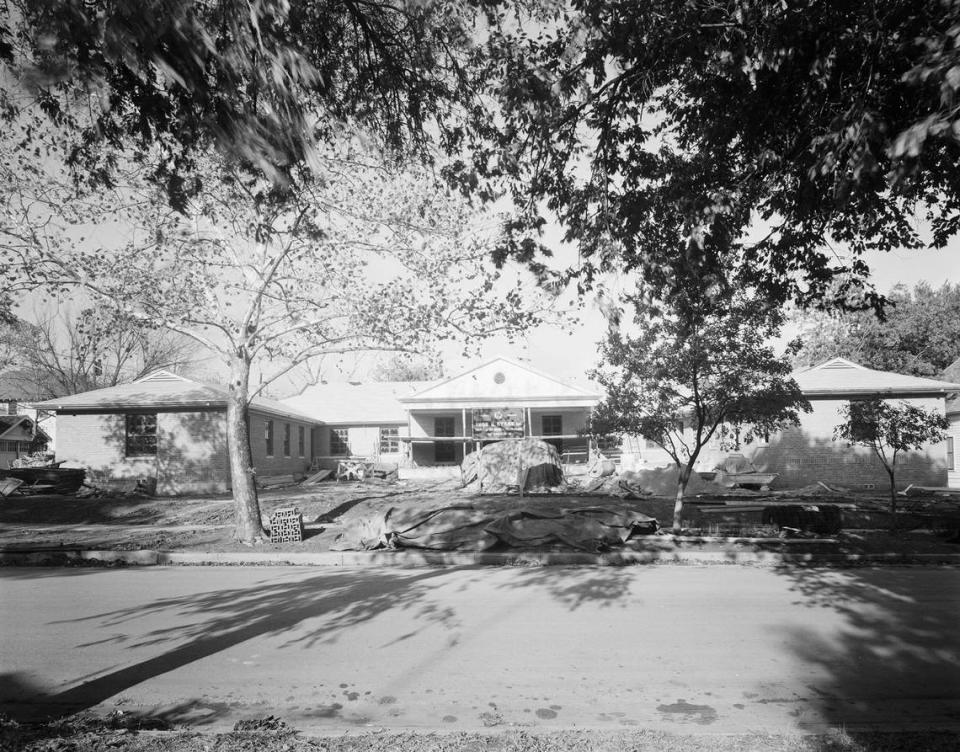Roots of this Fort Worth retirement complex stretch to 1897 and a home for ‘old ladies’
What do you do with indigent elderly ladies? As Fort Worth transformed from a frontier town with a tiny core of permanent settlers into a bustling city, social problems surfaced.
The arrival of the railroads, in particular, spurred change by bringing in many new people and making it easier for everyone to travel. As in many other nineteenth century communities, men handled business while women’s groups addressed quality of life and social issues.
Orphans and unsupervised children were a problem. In 1887-88, Kate Belle Burchill and Delia Collins established a home for bootblacks – boys without families who shined shoes for a living. The Fort Worth Benevolent Home became the town’s first orphanage.
Most women at the time didn’t work outside their homes, relying on their husbands for income and support. Unless their husbands left them with financial resources or had other family to rely on, they became destitute when their spouse died. One such case spurred the founding of the Cumberland Rest Home at a meeting held on Valentines’ Day 1897.
The Rev. A. B. Buchanan, pastor of the Taylor Street Cumberland Presbyterian Church, and his parishioners saw the need for the “care of old ladies who were without means and unable to work” when one of their own “indigent old ladies” (the term “old ladies” was used far too often) was unable to care for herself and had no living family members.
The first rest home facility, which opened on April 8, 1897, was a rented house in Arlington Heights. Six residents were housed at Cumberland Rest by October 1897, in a two-story house with three rooms and a dining room and kitchen on the first floor and two unfurnished rooms above. The Star-Telegram reported that “it makes no difference what denomination one belongs to, they will be taken in by the home and cared for the balance of their lives if they are old ladies without means and unable to work.” The women came from throughout the city, sometimes referred by other white churches.
After a few changes of location, Cumberland Rest settled in a house on the southeast corner of Magnolia and Washington streets for six years. That house is, today — a parking lot.
It made economic sense to buy rather than rent a property for the purpose. And a house provided a domestic rather than an institutional scale. Over the years, the church established a separate board, bought a lot, and solicited donated services from architects, contractors, and organizations – opening the building in 1908.

Cumberland Rest served its residents at 1628 Sixth Ave., on the northwest corner of Sixth and West Allen avenues in Fairmount, for 75 years. The architectural firm of Smith & Schenk designed a large two-story house with 10 double bedrooms to house 20 ladies, two to a room, and three singles (for staff). Shared rooms reduced costs, which were underwritten by countless socials and fundraisers as well as organizations, churches, and wealthy patrons such as Mrs. W. D. Reynolds, W. C. Stripling, and Capt. M. B. Loyd.
A fire broke out on Oct. 22, 1945, damaging the home and tragically proving a major flaw: housing people with mobility problems on the second floor of a wood-frame house was not a good idea. One of the residents, Margaret Pollard, died from her injuries.
Fund raising for a new building began immediately. The board – all women – specified a fireproof, one-story structure, but it took nearly 10 years for the new home to open in its same Fairmount location. Each of the 20 new bedrooms had its own sink; the kitchen boasted stainless steel appliances, and a traditional living and dining room were comfortably fitted out by the Amon Carter Foundation.

This facility served Cumberland Rest residents through the 1950s, ‘60s, and ‘70s, but as time went on, ideas about caring for senior citizens were changing. More people had Social Security, Medicare, and pensions, and seniors were becoming interested in “life care centers,” which would provide continuing, progressive care as residents’ needs increased.
Cumberland Rest and First Presbyterian Church (the name changed when Taylor Street Cumberland moved during the mid-1950s) announced plans for the construction of a new facility in April of 1976. It would serve primarily middle-income seniors (no longer just impoverished “little old ladies”). And true to its original mission, this new home would continue to provide care for some seniors who could not afford to pay full expenses. In 1981, ground was broken for Trinity Terrace on the west side of downtown.
Shortly after the new facility, located at 1600 Texas St., received its first residents in April 1983, Martha Rawls, age 99, moved from her room at Cumberland Rest on Sixth Avenue to an apartment at Trinity Terrace.
Cumberland Rest is still the legal entity behind Trinity Terrace operations. This month Trinity Terrace, now a complex of three high rise buildings, celebrates its 40th birthday, continuing and expanding upon the legacy of Cumberland Rest’s care for Fort Worth’s senior citizens.
Carol Roark is an archivist, historian, and author with a special interest in architectural and photographic history who has written several books on Fort Worth history.

